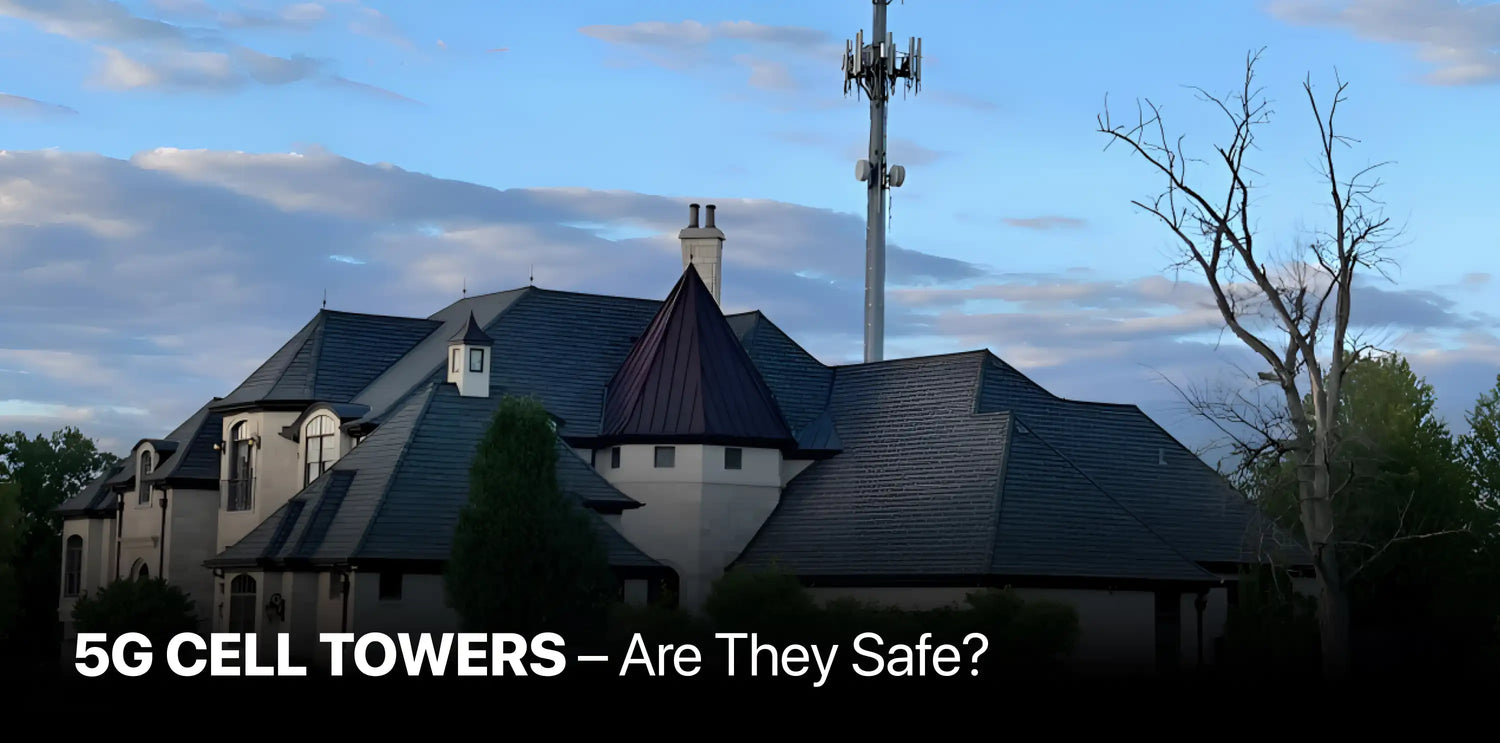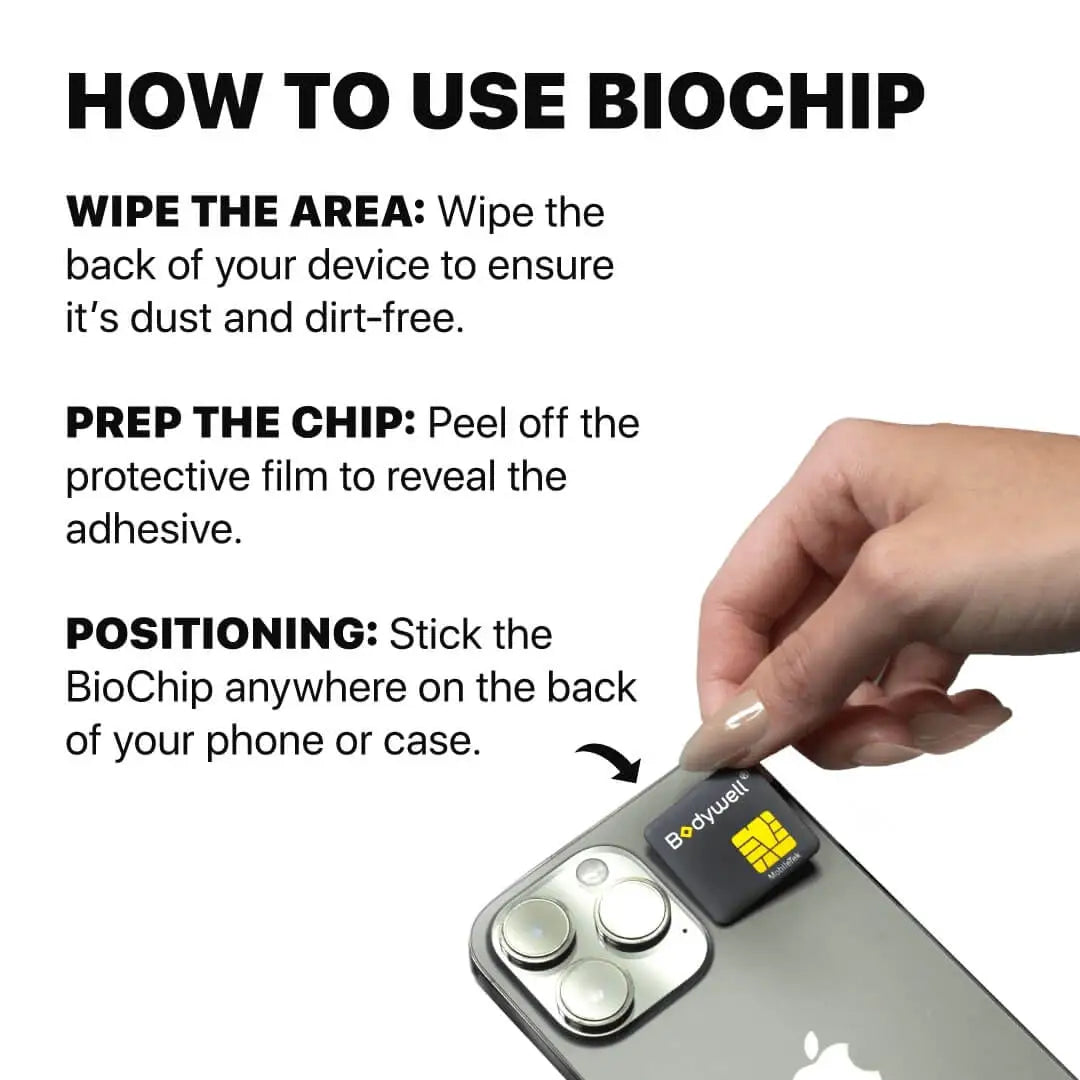With the rise of the latest wireless technology, 5G cell towers have become a hot topic of discussion. These towers are pivotal in deploying 5G networks, promising faster speeds, lower latency, and the ability to connect more devices than ever before. Understanding what 5G towers are, their impact on health, and their locations can help demystify this cutting-edge technology.
What is a 5G Tower?
5G offers faster speeds, increased capacity, ultra-low latency, and improved compatibility for Internet of Things (IoT) devices. However, mobile customers will not be able to fully utilize 5G capabilities until there is a comprehensive network of new and upgraded 5G cell towers.
Towers are not 5G; the equipment on the tower makes it 5G, with each set of equipment being referred to as a macrocell. To be considered "5G," 5G equipment must adhere to particular standards established by the 3rd Generation Partnership Project (3GPP).
In most cases, the frequencies used on mobile towers for 5G are similar to previous generations of standards.
What do 5G Cell Towers Look Like?
Some people mistakenly associate small cells with 5G cell towers. Small cells are antennas that are installed on utility poles or light poles rather than cell towers. Small cells (25 cubic feet or less) cover a smaller area, often less than ½ mile in diameter. Small cells can be 4G or 5G, but they are not towers. Because small cells are often deployed in suburban and urban areas on shorter buildings (50 feet or less), they are almost always closer to people and their homes than 5G cell towers. This proximity makes them surely more contentious.
It is worth noting that the FCC has removed city and state jurisdiction to ban the placement of small cells in the public right of way, except in cases where they obstruct traffic or create harmful conditions.
How Many 5G Cell Towers Are There?
As of the beginning of 2022, the United States has between 325,000 and 375,000 cell sites and around 150,000 cell towers. Half of these have some form of 5G capability. Currently, the country has roughly 125,000 small cells.
How Do I Know If A Cell Tower Has 5G On It?
It is difficult to tell whether a tower supports 5G. While certain antennas are specifically designed for 5G, they are difficult for the layperson to recognize. Furthermore, certain antennas provide both 4G and 5G services. The only way we know how to tell if a tower has 5G capability is to utilize measuring equipment or a phone that works on that carrier's network to see if the location offers 5G service.
Are 5G Cell Towers Safe? Examining the Health Concerns Risk?
One of the most common concerns about 5G towers is their potential health risks. The primary issue revolves around EMF exposure, which is the electromagnetic radiation emitted by these towers. There are two types of EMF radiation: ionizing and non-ionizing. 5G, like all other wireless technologies, emits non-ionizing radiation, which is generally considered less harmful than ionizing radiation.
In the United Kingdom, the United States, and Australia, petitions have been launched in opposition to the installation of 5G towers. Campaigners claim that the usage of higher band frequencies, as well as the increased number of access points, makes 5G dangerous to citizens. They are concerned about the technology's electromagnetic properties, the 5G cancer risk, and whether it may lead to dementia, infertility, and autism.
Research on the health effects of non-ionizing radiation from 5G is ongoing. However, current evidence suggests that 5G radiation falls within the EMF-safe levels established by international guidelines. Regulatory bodies like the Federal Communications Commission (FCC) and the World Health Organization (WHO) monitor and set safety standards for exposure to ensure public health is not compromised.
It has been revealed that new criteria will be implemented to strengthen protection for forthcoming 5G technology, which works at higher frequencies. This is significant because it marks the first time since 1988 that standards protecting humans from mobile radiation have been updated. However, the new restrictions will not apply to 5G phone towers, focusing solely on 5G phones and gadgets.
It's important to stay informed through credible sources and continue monitoring scientific research on this topic.
5G Tower Locations: Who Decides Where They Go?
The safety of 5G towers and the decision-making process for their placement are governed by multiple regulatory agencies. In the United States, the FCC sets guidelines for RF (radio frequency) exposure, including the Specific Absorption Rate (SAR), which measures the rate at which the body absorbs RF energy.
Federal law allows firms to deploy their poles wherever they consider fit to implement 5G. Many individuals are dissatisfied with their local government for permitting the towers to be built in their areas, however in Indiana, local governments are not allowed to regulate most aspects of 5G towers and cannot ban the towers from being built on the right of way.
How to Find 5G Cell Phone Towers Near Me
Finding where 5G towers are located in your area can be straightforward. Telecommunications companies like T-Mobile, Verizon, and AT&T often provide coverage maps on their websites. These maps show where 5G service is available and can give you a good idea of tower locations.
Several third-party websites and apps also allow you to search for cell towers in your vicinity. These resources typically use crowd-sourced data and official records to provide information about tower locations, carriers using them, and the technologies deployed (4G, 5G, etc.).
For those concerned about 5G towers near their homes, workplaces, or children's schools, these tools can provide valuable information for making decisions about EMF protection strategies.
Practical Ways to Reduce EMF Exposure from 5G Towers
While regulatory bodies maintain that 5G towers are safe, some people may still wish to take additional precautions to reduce their EMF exposure. Here are some practical steps:
- Limit Cell Phone Use: Reduce the amount of time spent on your cell phone, and use the speakerphone to keep the device away from your head.
-
Use EMF Radiation Protection Products: Consider using products designed to reduce EMF radiation. Bodywell®, for instance, offers EMF radiation protection products that are proven effective through rigorous testing. Key benefits of using Bodywell® include:
- Reducing the Specific Absorption Rate (SAR) by up to 80%, limiting the amount of radiation your body absorbs
- Providing protection without compromising device functionality or signal strength
- Offering solutions for both personal devices and broader protection.
- Maintain Distance: Keep your living and sleeping areas as far away as possible from cell phone towers and other sources of EMF radiation.
- Educate Yourself: Stay informed about the latest research on EMF exposure and health to make informed decisions.

429+ five star reviews
Use your devices with peace of mind

Reduce annoying headaches

Enjoy better quality sleep

Feel less fatigued & lethargic

Protect your family
Conclusion: Balancing Technology and Health in the 5G Era
5G cell towers are an essential component of the next-generation wireless network, promising enhanced connectivity and performance. While there are concerns about their health risks, current evidence suggests that 5G radiation is within safe limits.
Understanding the placement and safety of these towers, along with practical steps to reduce EMF exposure, can help mitigate any apprehensions and allow you to enjoy the benefits of 5G technology. Stay informed and take proactive steps to ensure your safety in the age of 5G.




































Leave a comment
This site is protected by hCaptcha and the hCaptcha Privacy Policy and Terms of Service apply.